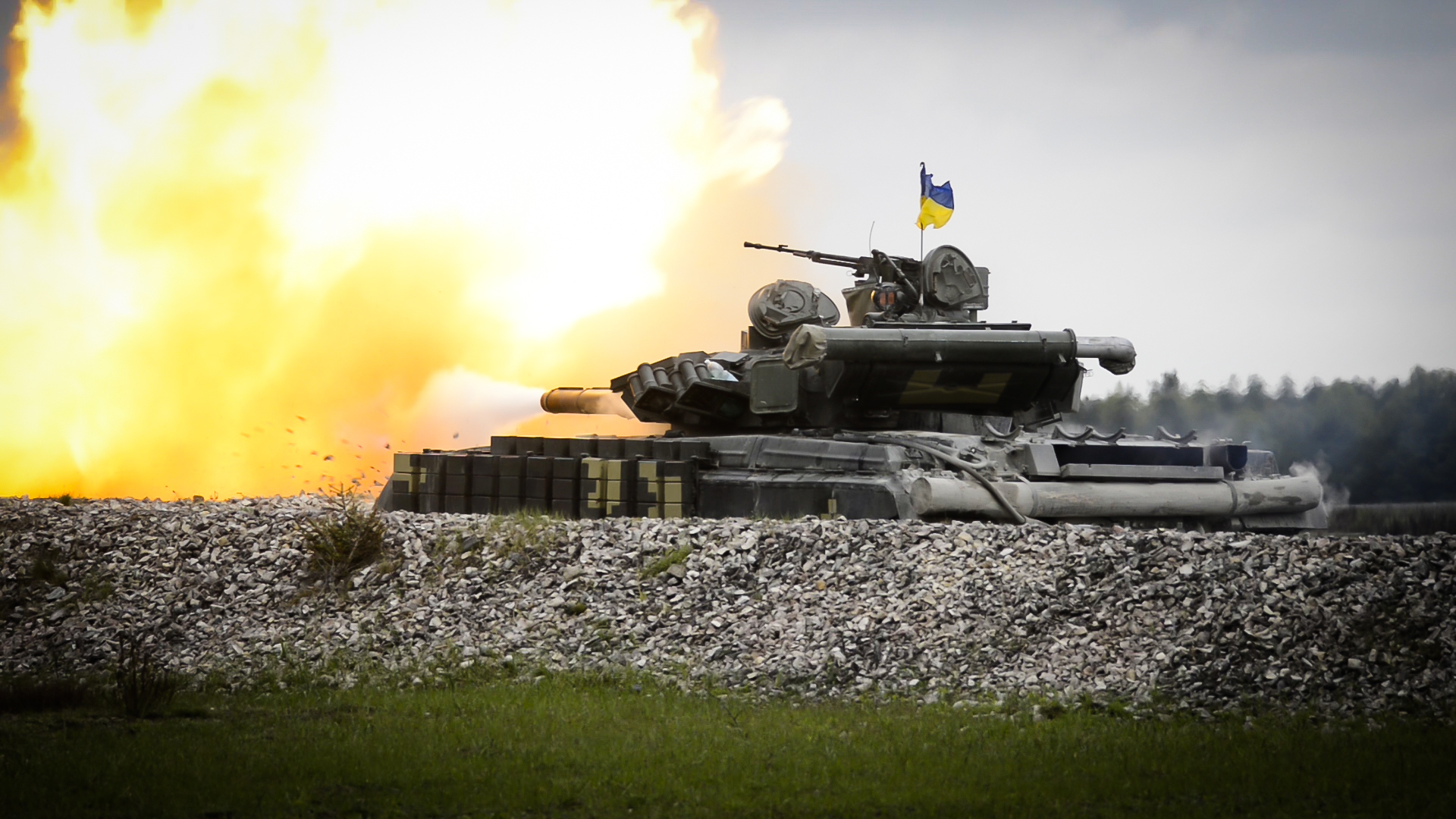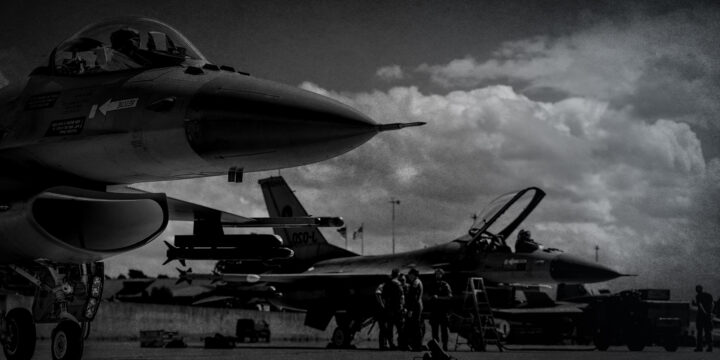September 17, 2023
In Ukraine, going on offensive is the hardest part

Ukraine’s counteroffensive, soon to enter its fourth month, is at best making marginal gains along the 1,000-mile front line. Russia’s network of defenses, composed of minefields, machine-gun nests, anti-tank traps, and trenches, has proven to be a formidable obstacle for Ukrainian troops tasked with pushing the hundreds of thousands of Russian troops further east. U.S. Joint Chiefs of Staff Chairman Mark Milley’s assessment back in July has turned out to be prescient: “It’s going to be very long, and it’s going to be very, very bloody.”
Indeed, anybody who thought Ukrainian troops would be able to mimic their miraculous victory in Kharkiv 12 months earlier was setting themselves up for disappointment.
Unlike in the northeast at that time, when Russian troops were caught completely unaware, the Russian army had months to build up fortifications along the front in Zaporizhzhia and Kherson — oblasts that Moscow had partially controlled since the first several weeks of the war. The Ukrainians endured extensive casualties in June and July, when some Western-donated tanks were quickly disabled after they ran into an ocean of mines.
For the Ukrainians, a high casualty rate is simply not an option due to the limited manpower at their disposal; the Russians may have exposed themselves as incompetent and dispirited war-fighters, but they have an advantage in the raw power metrics such as men and ammunition that often determine winners and losers.
Read article in Washington Examiner
Author

Daniel
DePetris
Fellow
More on Eurasia

By Daniel Davis
December 17, 2024

Featuring Daniel Davis
December 17, 2024

By Rajan Menon
December 16, 2024





